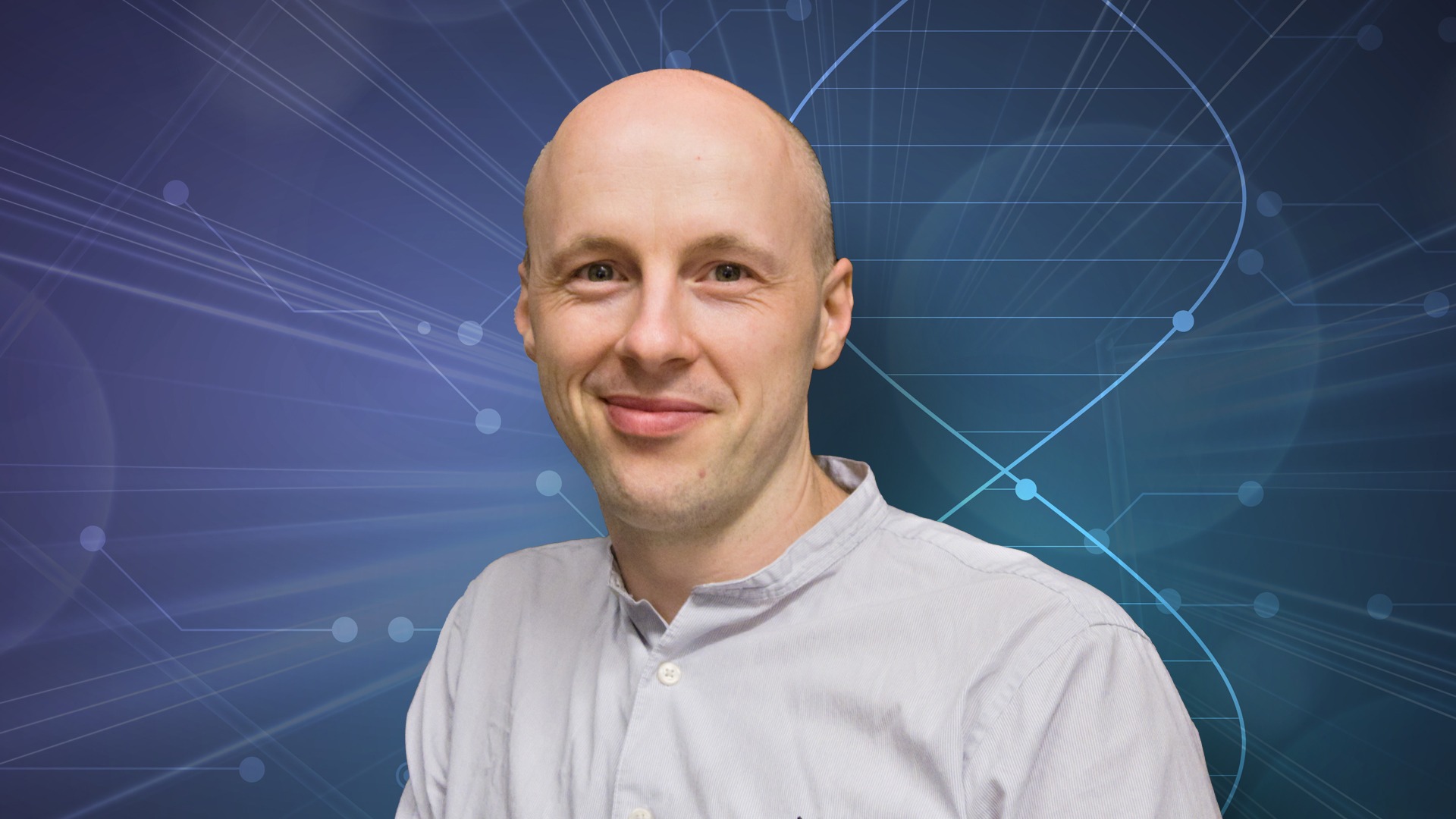ERC Consolidator Grants to three SciLifeLab researchers
The European Research Council (ERC) distributes 313 new ERC Consolidator Grants for projects in 24 different countries. This year, three SciLifeLab researchers were awarded ERC Consolidator grants, Maria Tenje (Uppsala University), Fabien Burki (Uppsala University) and Tuuli Lappalainen (KTH).
Maria Tenje
In Maria Tenje’s project, PHOENIX, the plan is to develop new microfluidic tools for high-throughput and fully controlled organoid generation. Organoids are small, self-organized three-dimensional tissue cultures that are derived from stem cells. They can be crafted to mimic organ tissue and could be used as an alternative to animal testing for drug development or basic research.
In the project, which is a collaboration with researchers from Karolinska Institutet, Lund University and Leiden University Medical Center in the Netherlands, the plan is to further develop the already impressive droplet microfluidic tool box that Maria and her colleagues have been working on for the past decade, where integrated acoustics is used to control the position of cells and particles in droplets. Here, the technology will be used to gain control of the organization of the initial stem cells with the ambition to direct the final organoid architecture.
“This is a project I have been dreaming about for the last two years and discussed with several collaborators. It is fantastic to now be able to move into an operative phase instead and actually go to the lab and do it!” says Maria Tenje.
Fabien Burki
“More than 1,5 billion years ago, some eukaryotic cells acquired photosynthetic organelles and transformed life as we know it. In his project, PlastidOrigin, Fabien Burki will try to shed light on this world-changing event.
The acquisition of photosynthesis by eukaryotes led to an explosion of biodiversity, allowing countless of algae and plants to evolve and spread across the earth, paving the way for the evolution of animals. Despite the enormous importance of photosynthesis and what it has led to, little is known about its origin in eukaryotes.
“This ERC project will give us the capacity to go back in time and address missing pieces in our understanding of the origin of photosynthetic organelles, using a variety of advanced approaches including environmental sequencing, genomics, and spatial proteomics to access the vast diversity of microbes, most of which have never been seen or even detected”, says Fabien.”
Tuuli Lappalainen
At any given moment, our cells contain a determined amount of proteins circulating the cytoplasm. This “gene dosage”, is carefully regulated via the amount of expressed genes. Genetic mutations often cause diseases by disrupting this balance, so that the amount of protein with proper function is reduced.
However, how big of a reduction in gene dosage results in disease varies between genes. Half of the normal protein amount is not enough to maintain normal function of so-called dominant genes, while in recessive genes half is enough. Even though these basic principles derive from Gregor Mendel’s discoveries 150 years ago, the exact reason for this mechanism remains elusive even today.
In her project DOSAGE2FUNC, Tuuli Lappalainen wants to unravel the relationship between human gene dosage variation and downstream functional consequences at the cellular and physiological level, by analyzing large human genetic data sets from hundreds of thousands of people. Using the latest genomic technologies of CRISPR and single cell sequencing, the team will manipulate the expression level of selected genes and measure how gradual changes in gene dosage affect cellular functions.
“This work will address fundamental questions in how information encoded in our genomes translates into cellular and physiological traits, which will provide new building blocks for improved drug development, and advance our understanding of mechanisms of disease risk”, says Tuuli.





